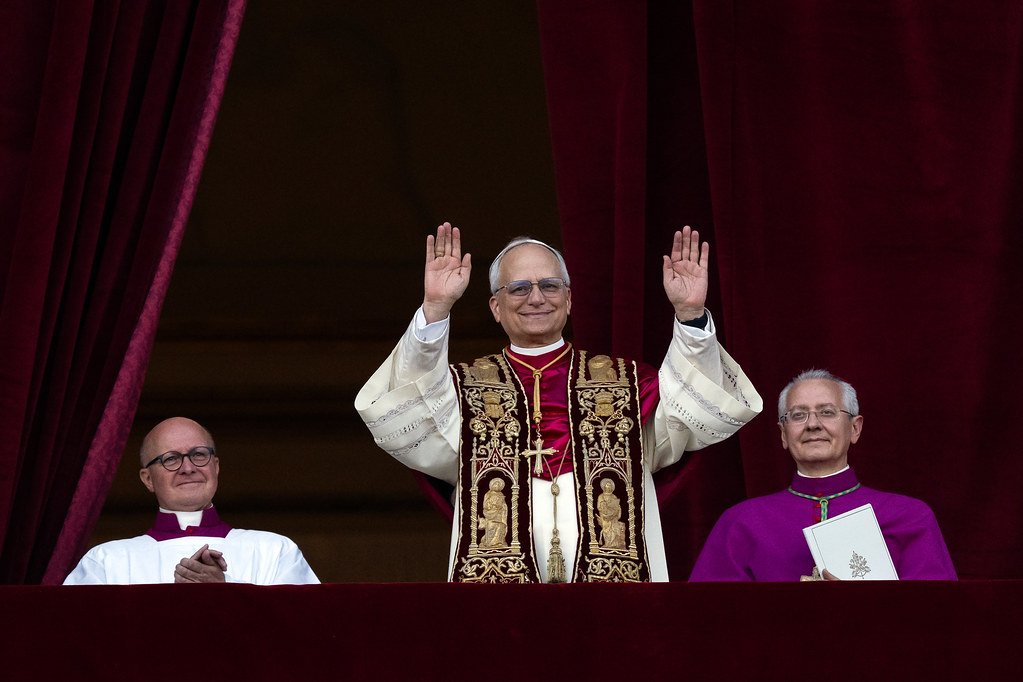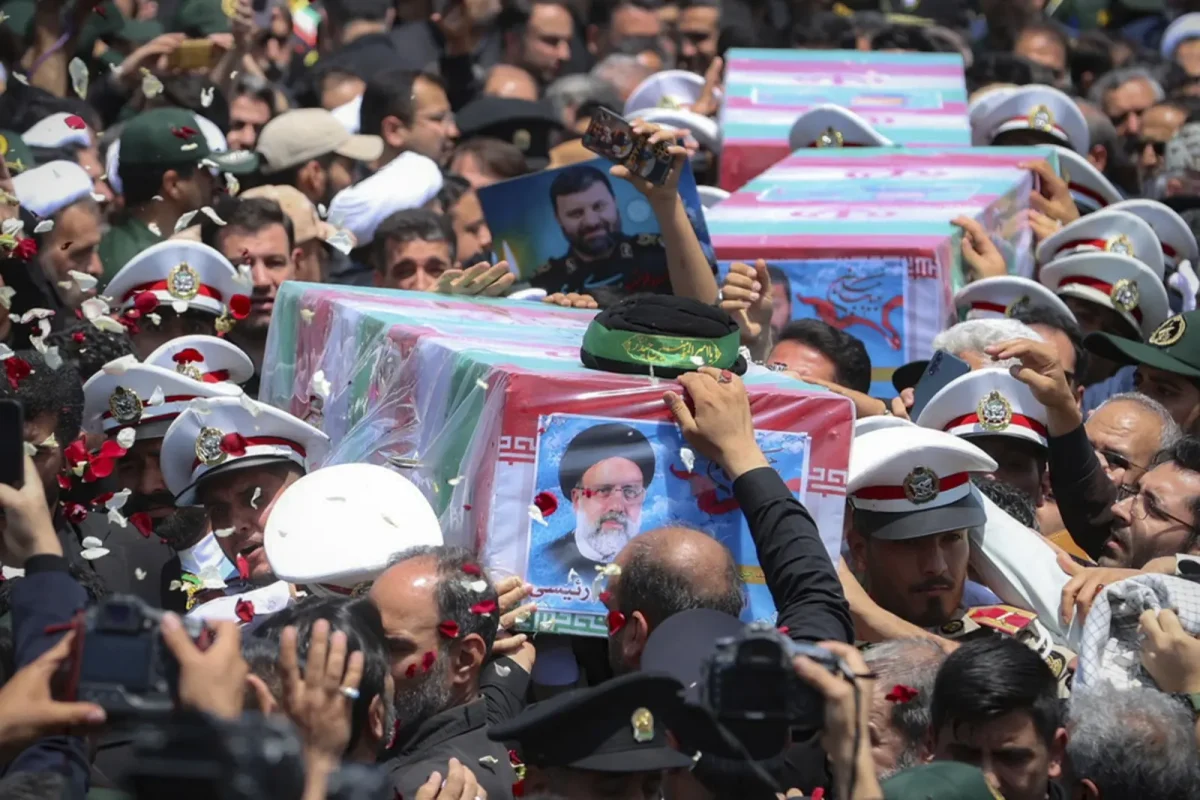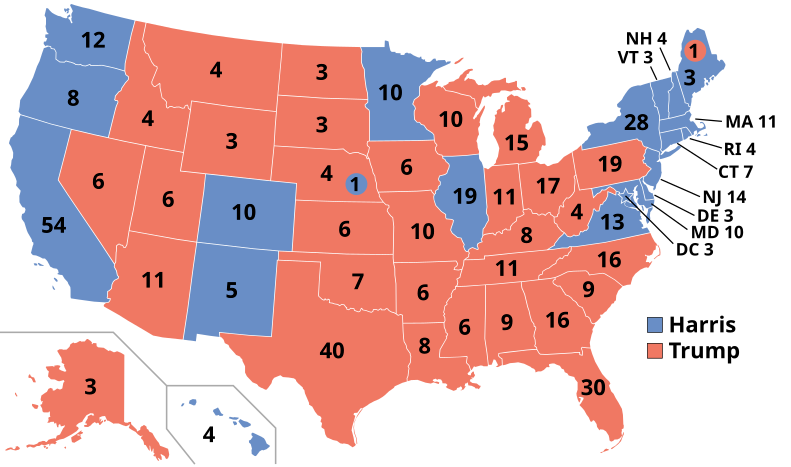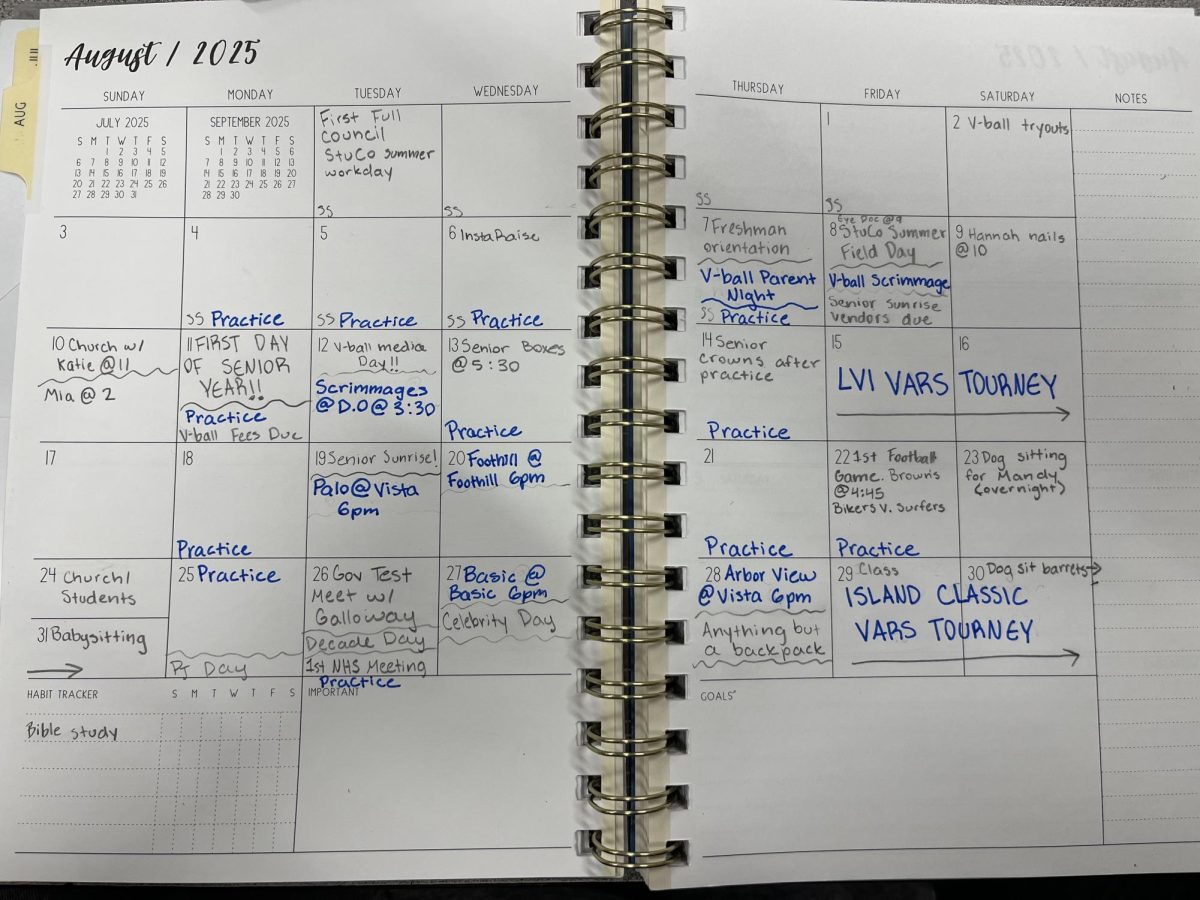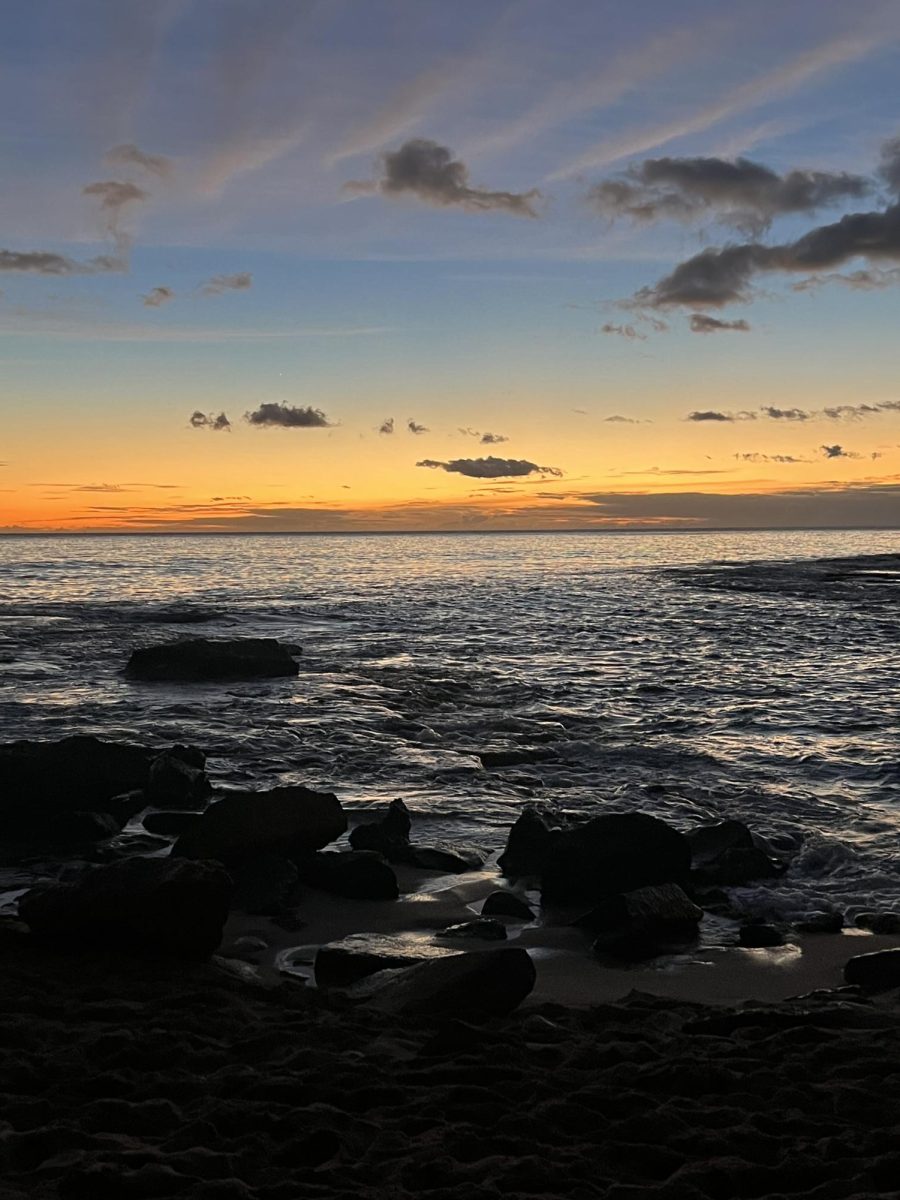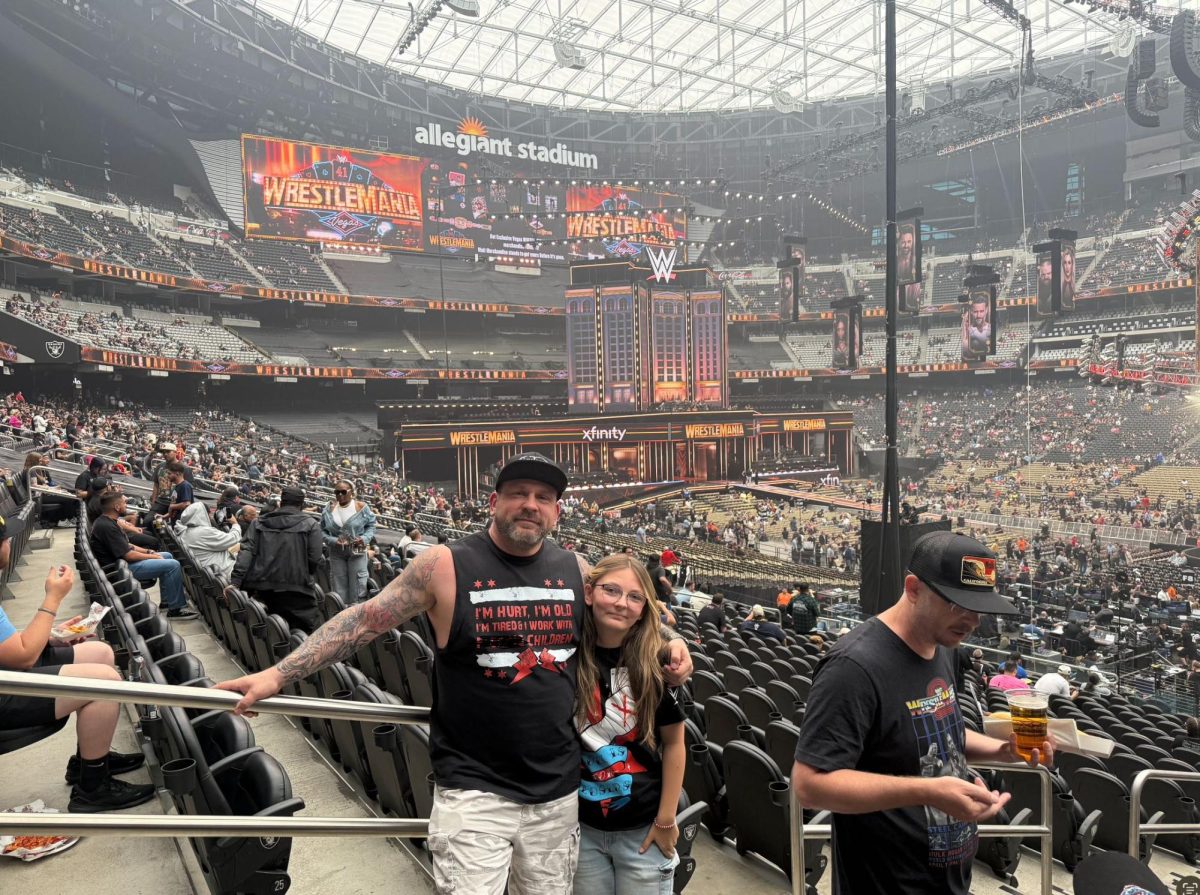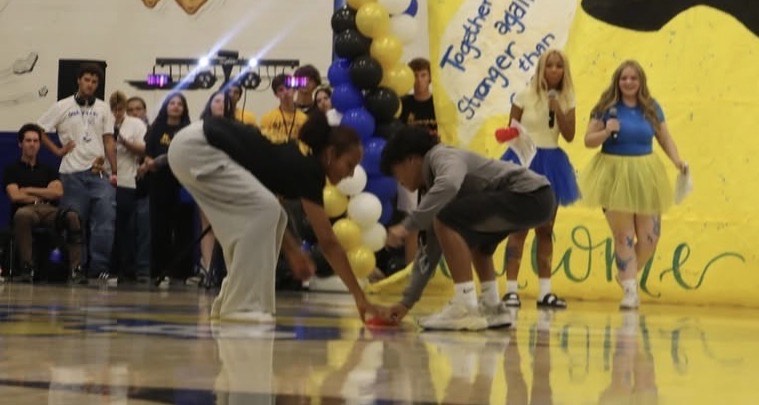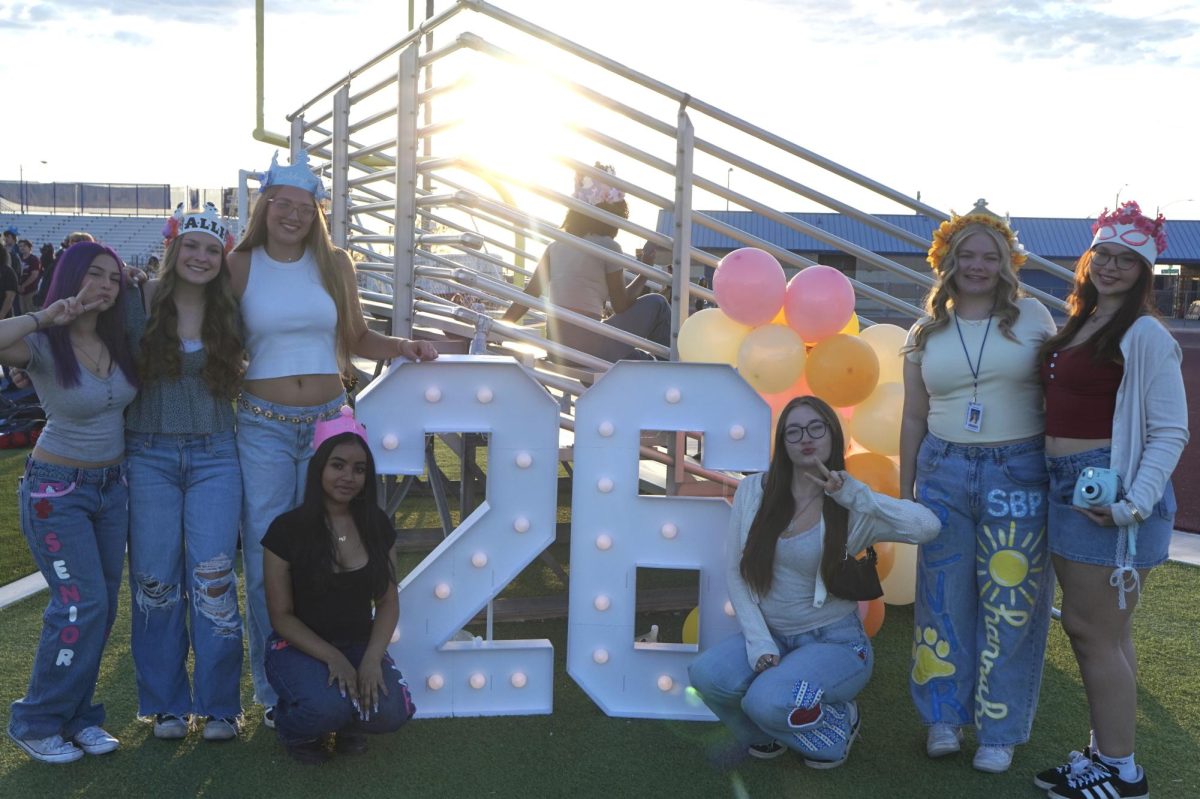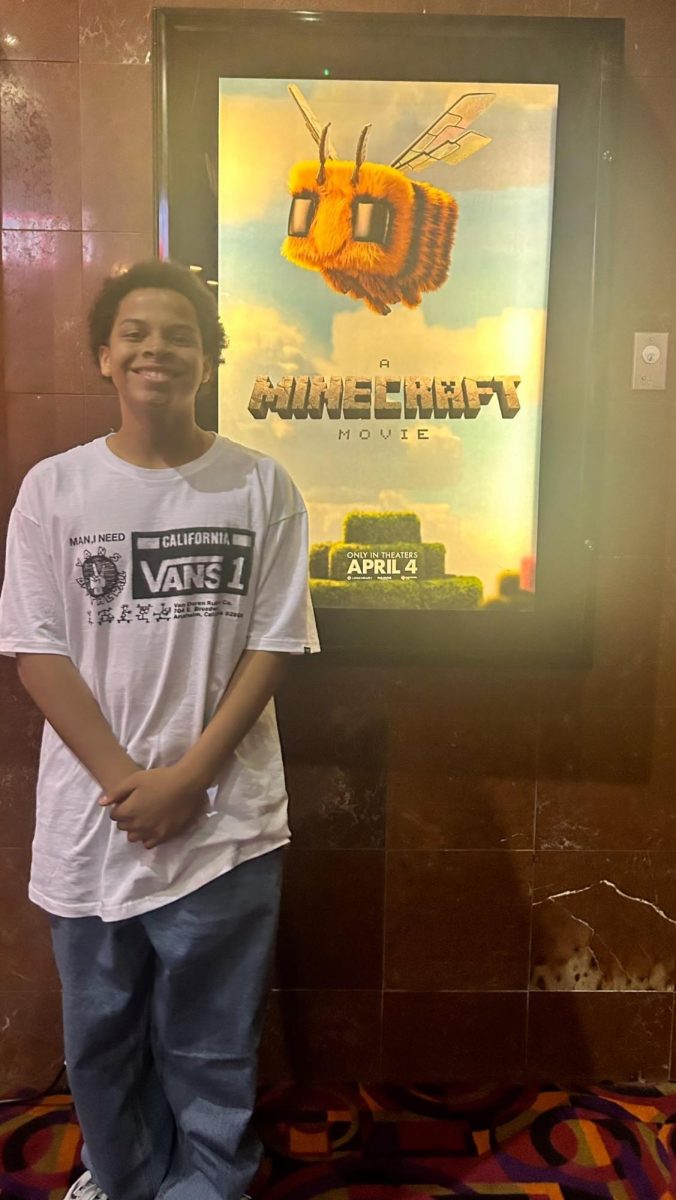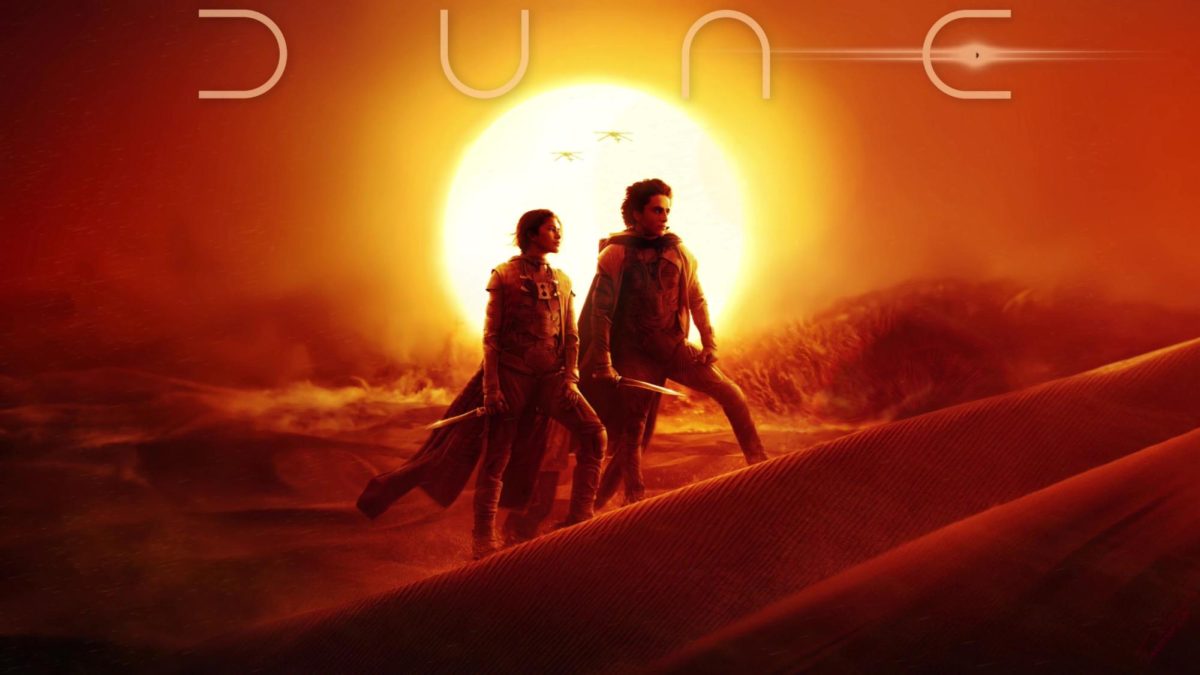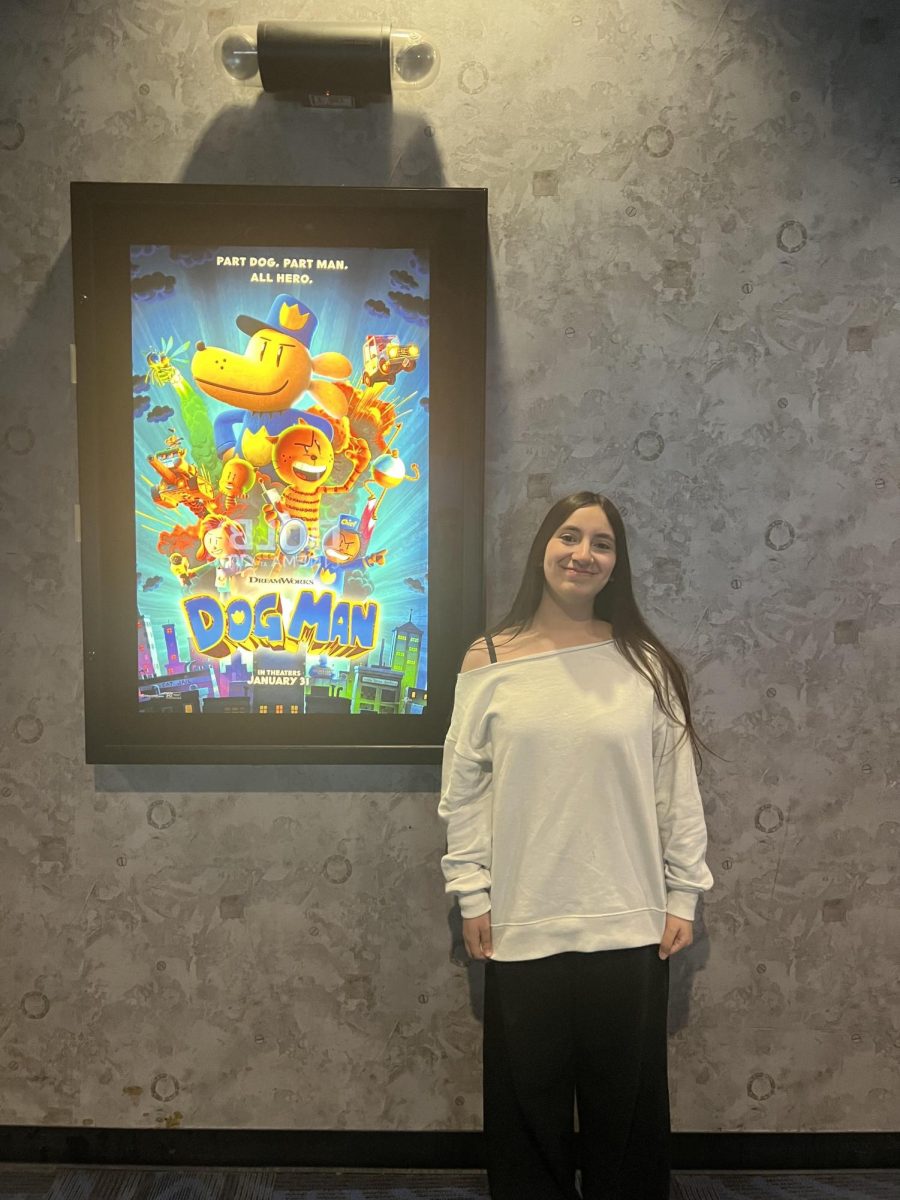On March 1st, 2024, the newest installment in the Dune franchise, Dune Part Two, helmed by science fiction director Denis Villeneuve, released to the silver screen in spectacular display. The melancholic space epic explores themes of colonialism, religious manipulation, and nuanced political practices 20,000 years into the future. The film is currently tracking at nearly 600 million dollars, making the two-film series officially a billion-dollar franchise. While the original film received some mixed reviews, Part Two debuted with the highest IMDB score in film history, as well as a nearly perfect score of 93% on Rotten Tomatoes.
The story opens immediately where Part One left viewers. Paul Atreides, played by Timothy Chalamet, and his mother Jessica, played by Rebecca Ferguson, make their way through the desert planet Arrakis with the newfound natives, the Fremen. Paul maneuvers through this new environment and way of life, learning the Fremen ways and becoming acquainted with the natives. Unbeknownst to him, he starts to become more than just a newfound assimilator. Paul Atreides has unwittingly become an inadvertent persuader, a messiah, the prophesied Lisan al Gaib: who, according to the Fremen, will come to Arrakis and bring with him trees, water, and make Arrakis a green paradise again.
This theme of religious fanaticism is explored through the different belief systems of the Fremen that parallel those of real-life society. While the younger Fremen still hold a level of skepticism towards Paul and his perceived prophecy; the older and more traditional Fremen are very pious and devout. Troubled by his newfound position, Paul reveals to his mentor; “[The Fremen] used to be friends. Now they’re followers.” Paul wants to become one with the Fremen and become a part of their way of life, but as the story progresses, he realizes that what he wants is not what he needs. To save the Fremen from eventual destruction, he must unite the north and south against the depraved House Harkonnen. To do this, he must play into his mother’s tools of propaganda and become their messianic figure. Paul’s conflicting feelings are gradually showcased as the story progresses; morals become more and more blurred with revenge and power. Paul believes that his path leads to war no matter what and eventually gives in to his destiny.
Dune Part Two demonstrates the double-edged sword of religion, something that may inspire hope and unity while also being a means of manipulation and control. As Paul says in the film, “Look how your [Jessica Atreides] Bene Gesserit propaganda has taken root. Some of them already think I’m their messiah. Others… false prophet. I must sway the non-believers. If we get enough of them to support us, we can halt spice production. It’s the only way I can get to the Emperor.” Paul is conscious of religion’s power and uses it for his own good. This contrast from the beginning of the film is drastic and is a full-circle moment for Paul’s character arc.
Paul’s story is a skillful subversion of the savior trope and the contemporary hero’s journey, in fact, done so well that many misconstrued Dune author Frank Herbert’s original meaning of his novel attributing it to a “white savior” trope which could not be farther from the truth. Paul Atreides is not a savior, but rather a victim of his circumstances and an artificial leader who does what he sees fit for the betterment of his family. But as with any character, Paul is nuanced and not one-dimensional; he is a leader and empath at times, who inevitably saves nothing because of his insistence on saving everything.
While Dune Part Two flaunts incredible writing and storytelling, its stunning world-building and cinematography is comparable to none. As director Denis Villeneuve stated in his interview for The Times of London; “I don’t remember movies because of a good line, I remember movies because of a strong image.” He continues, “Pure image and sound, that is the power of cinema, but it is something not obvious when you watch movies today. Movies have been corrupted by television.” Denis’ comments come as no surprise; Dune is a visual spectacle that finds beauty in brutality, a film that makes otherworldly events feel much closer than ever before. Cinematographer Grieg Fraser explains how crucial authenticity was in the development of Dune, Handmade sets over VFX, and all-natural light over artificial, were all crucial in the vision for Dune Part Two.
Dune Part 2 is a cinematic achievement in its highest form. The once-regarded ‘unadaptable’ world of Frank Herbert’s Dune has found a home under the most technical of artists, making for a truly groundbreaking experience. Full of rich characters, heart-racing action, and thought-provoking allegory, the film is something to be enjoyed by anyone and everyone. Go and watch Dune Part 2 on the biggest screen possible, out now.


